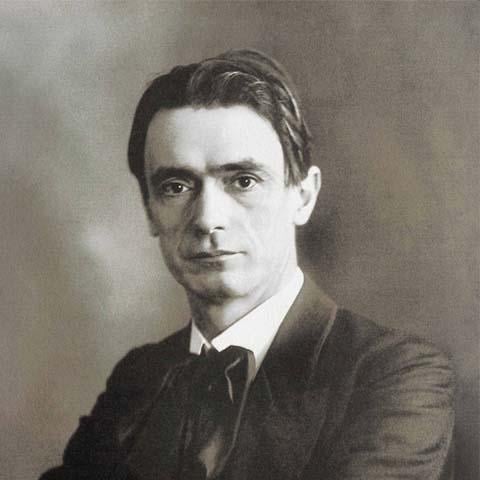The Story of My Life
GA 28
XXXIV
In the Theosophical Society artistic interests were scarcely fostered at all. From a certain point of view this situation was at that time quite intelligible, but it ought not to have continued if the true sense for the spiritual was to be nurtured. The members of such a society centre all their interests at first upon the reality of the spiritual life. In the sense-world man appears to them only in his transitory existence severed from the spiritual. Art seems to them to have its activity within this severed existence. It seems, therefore, to be apart from the spiritual reality for which they seek.
Because this was so in the Theosophical Society, artists did not feel at home there.
To Marie von Sievers and to me it was important to make the artistic also alive within the Society. Spiritual knowledge as an experience takes hold, indeed, of the whole human existence. All the forces of the soul are stimulated. In formative fantasy there shines the light of the experience of spirit when this experience is present.
But here there enters something which creates hindrances. The artist's temperament feels a certain misgiving in regard to this shining in of the spiritual world in fantasy. He desires unconsciousness in regard to the dominance of the spiritual world in the soul. He is entirely right if what we are concerned with is the “stimulation” of fantasy by means of that element of clear-consciousness which has been dominant in the life of culture since the beginning of the age of consciousness. This “stimulating” by the intellectual in man has a deadly effect upon art.
But just the opposite occurs when spiritual content which is actually perceived shines through fantasy. It is here that all the formative force in man arises which has ever led to art.
Marie von Sievers had her place in the art of word-shaping; to dramatic representation she had the most beautiful relationship. Here, then, was a sphere of art for anthroposophy in which the fruitfulness of spiritual perception for art might be tested.
The “word” is the product of two aspects of the experience which may come from the evolution of the consciousness soul. It serves for mutual understanding in social life, and it serves for imparting that which is logically and intellectually known. On both these sides the “word” loses its own value. It must fit the “sense” which it is to express. It must allow the fact to be forgotten that in the tone, in the sound, in the formation of the sound, there lies a reality. Beauty, the shining of the vowels, the characteristics of the consonants are lost from speech. The vowels become soulless, the consonants void of spirit. And so speech leaves entirely the sphere in which it originates – the sphere of the spiritual. It becomes the servant of intellectual knowledge and of the social life which shuns the spiritual. Thus it is snatched wholly out of the sphere of art.
True spiritual perception falls as if wholly from instinct into the “experience of the word.” It becomes experience in the soul-representing intoning of the vowels and the spiritually empowered colours of the consonants. It attains to an understanding of the secret of the evolution of speech. This secret consists in the fact that divine spiritual beings could once speak to the human soul by means of the word, whereas now the word serves only to make oneself understood in the physical word.
An enthusiasm kindled by this insight is required to lead the word again into its sphere. Marie von Sievers developed this enthusiasm. So her personality brought to the Anthroposophical Movement the possibility of fostering artistically the word and word-shaping. The cultivation of the art of recitation and declamation grew to be an activity by means of which to impart truth from the spiritual world – an activity which forms a part receiving more and more consideration in the ceremonies which found a place within the Anthroposophical Society.
The recitations of Marie von Sievers at these ceremonies were the initial point for the entrance of the artistic into the Anthroposophical Society; for a direct line leads from these recitations to the dramatic representations which then took place in Munich along with the course of lectures on anthroposophy.
By reason of the fact that we were able to unfold art along with spiritual knowledge, we grew more and more into the truth of the modern experience of the spirit. Art has indeed grown out of the primeval dreamlike experience of spirit. At the time in human evolution when the experience of spirit receded, art had to seek a way for itself; it must again find itself united with this experience when this enters in a new form into the evolution of culture.





